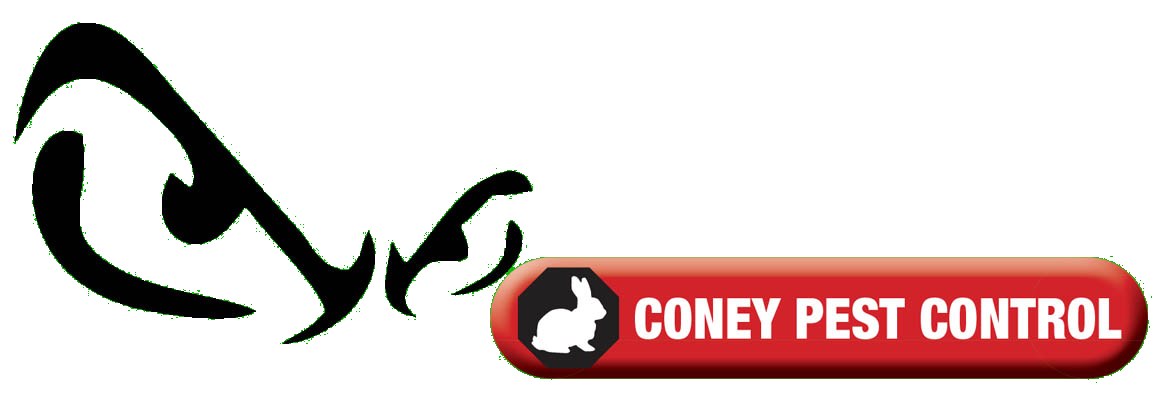Getting bitten at night?
Thankfully there are not too many biting insects in Thanet, unfortunately if you are getting bitten at home and particularly in the bedroom it’s probably bedbugs. Bedbugs tend to bite the upper portion of the body so if you are getting bites on the upper back, chest, arms, neck and/or head its most likely bedbugs as opposed to fleas (which tend to bite the shins and ankles). As you sleep you breathe out carbon dioxide which wakes the bedbugs up and they follow the CO2 trails to the host which is why they attack the upper body parts. There are some reports of bedbugs dropping from ceilings onto beds. The bedbug bites vary in the level of severity as its largely down to the hosts reaction to the bites .In most usual circumstances the bites are best described a large raised bites in groups of three (similar to a stinging nettle sting).
How did I get bedbugs?
Bedbugs are reaching epidemic proportions in Thanet with infestation spread across the capital city, there are many ways bedbugs can enter your home and are most commonly brought in via travel from other countries, public transport and second-hand furniture. To a lesser extent but becoming more common is house to house transference where neighbouring infestations migrate. Because bed bugs readily hide in small crevices, they may accompany (as stowaways) luggage, furniture, clothing, pillows, boxes, and other such objects when these are moved between apartments, homes and hotels. Used furniture, particularly bed frames and mattresses, are of greatest risk of harbouring bed bugs and their eggs. Bed bugs can wander between houses through voids in walls and holes though which wires and pipes pass.
But I can’t see any insects?
We sometimes go to homes in Thanet with bedbug infestations and find minimal evidence of the bedbugs themselves. The flat profile of the bedbug, preference for cracks and crevices alongside the nocturnal behaviour of the insect often means they are overlooked by our customers. If you are getting bitten by bedbugs it may be worth looking for the spotting left by the bedbugs.
Spotting is the dried faecal matter left by the bedbugs and is described as small black pinpricks and can be often found in the seams of the mattress and headboard. We ask our customers for minimal disruption to those areas affected by bedbugs as we want to carefully survey and treat as aggressively as possible to minimise the spread of infestation caused by disturbance.
What are they?
Bed bugs are small wingless insects that feed solely upon the blood of warm-blooded animals, including humans. Bed bugs have evolved as nest parasites. Certain kinds inhabit bird nests and bat roosts and await the return of their hosts; others have adapted well to living in the ‘nests’ (homes) of people. Bed bugs seek out people and animals, generally at night while these hosts are asleep, and painlessly sip a few drops of blood. Repeated exposures to bed bug bites during a period of several weeks or more causes people to become sensitized to the saliva of these bugs; additional bites may then result in mild to intense allergic responses. Hatchling bed bugs are about the size of a poppy seed, and adults are about 1/4 of an inch in length. Looking from above they are an oval in shape, but are flattened from top to bottom when viewing them from the side. Their colour ranges from nearly white (just after malting) or a light tan to a deep brown or burnt orange. The host’s blood may appear as a dark red or black mass within the bug’s body.
How do you treat them?
Bedbug treatments in Thanet require a strategy of control as we need to insure we identify the source and the extent of infestation, we must not leave any stone unturned and a full and thorough investigation must be carried out prior to treatment. We must know where the bedbugs have come from, how long the infestation has been present and which areas are worst affected. Any information that you have with regards to the problem is also helping us to control the bedbugs.
You cannot control bedbugs in 1 visit so please be aware of unqualified pest controllers offering this service. Bed bug treatments are labour intensive and are usually spread over 3 visits to allow us to obtain complete control of the population. A full site survey will allow us to understand the extent of the infestation and how to obtain effective control. Using the most advanced fumigation and residual techniques our treatments are constantly evolving, these include crack and crevice application and residual sprays alongside mobile heat treatments.

